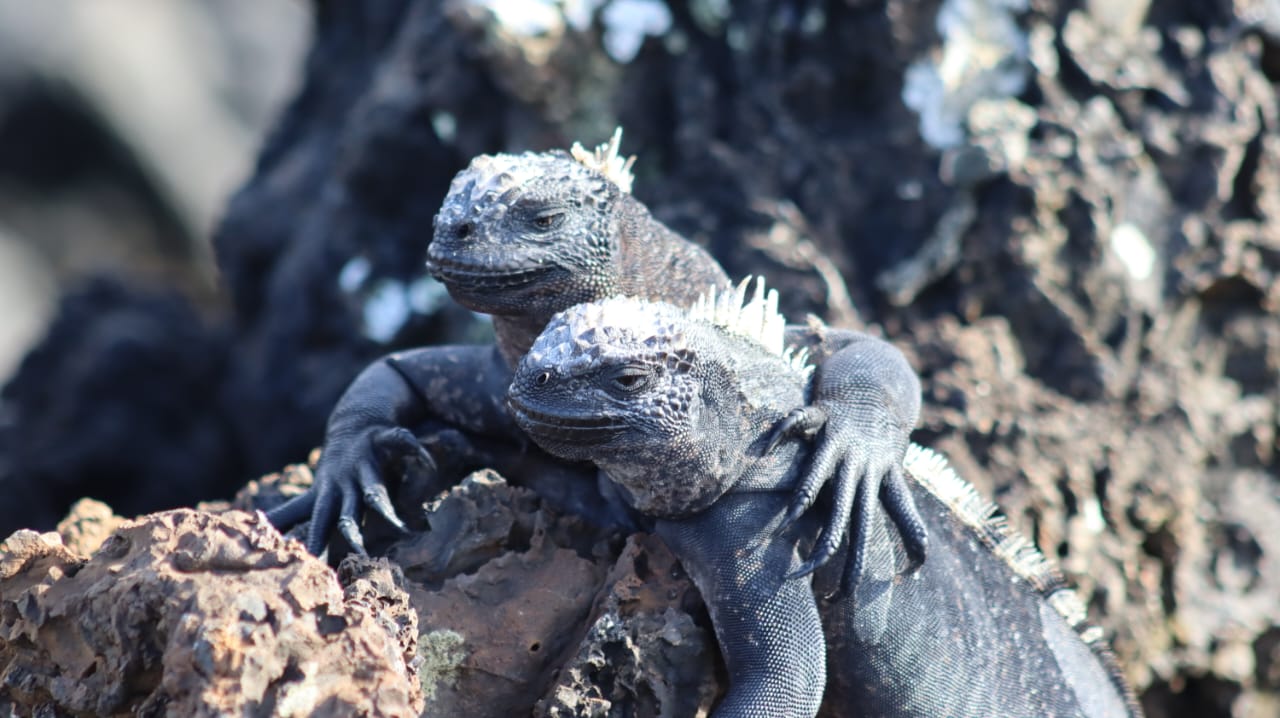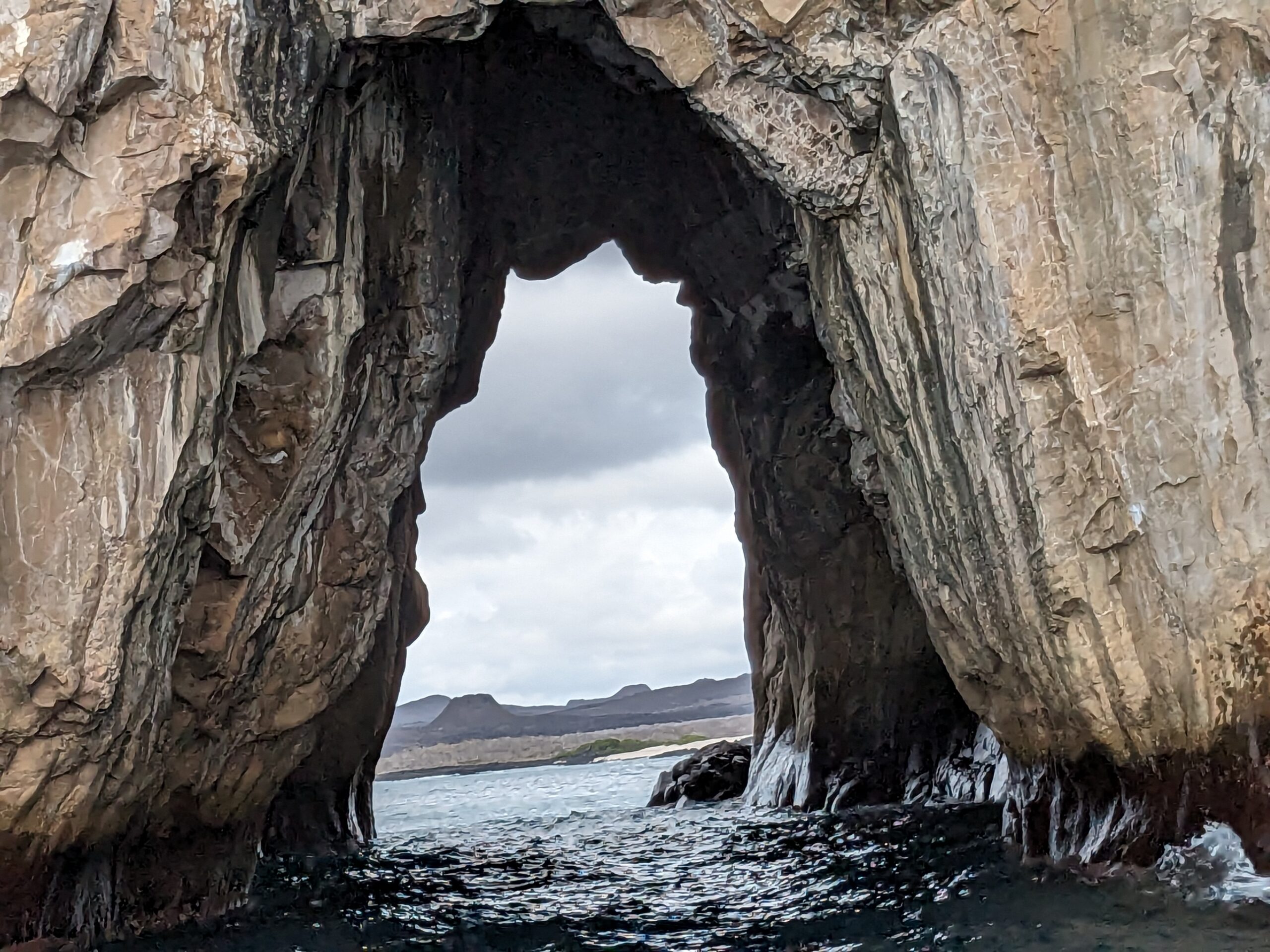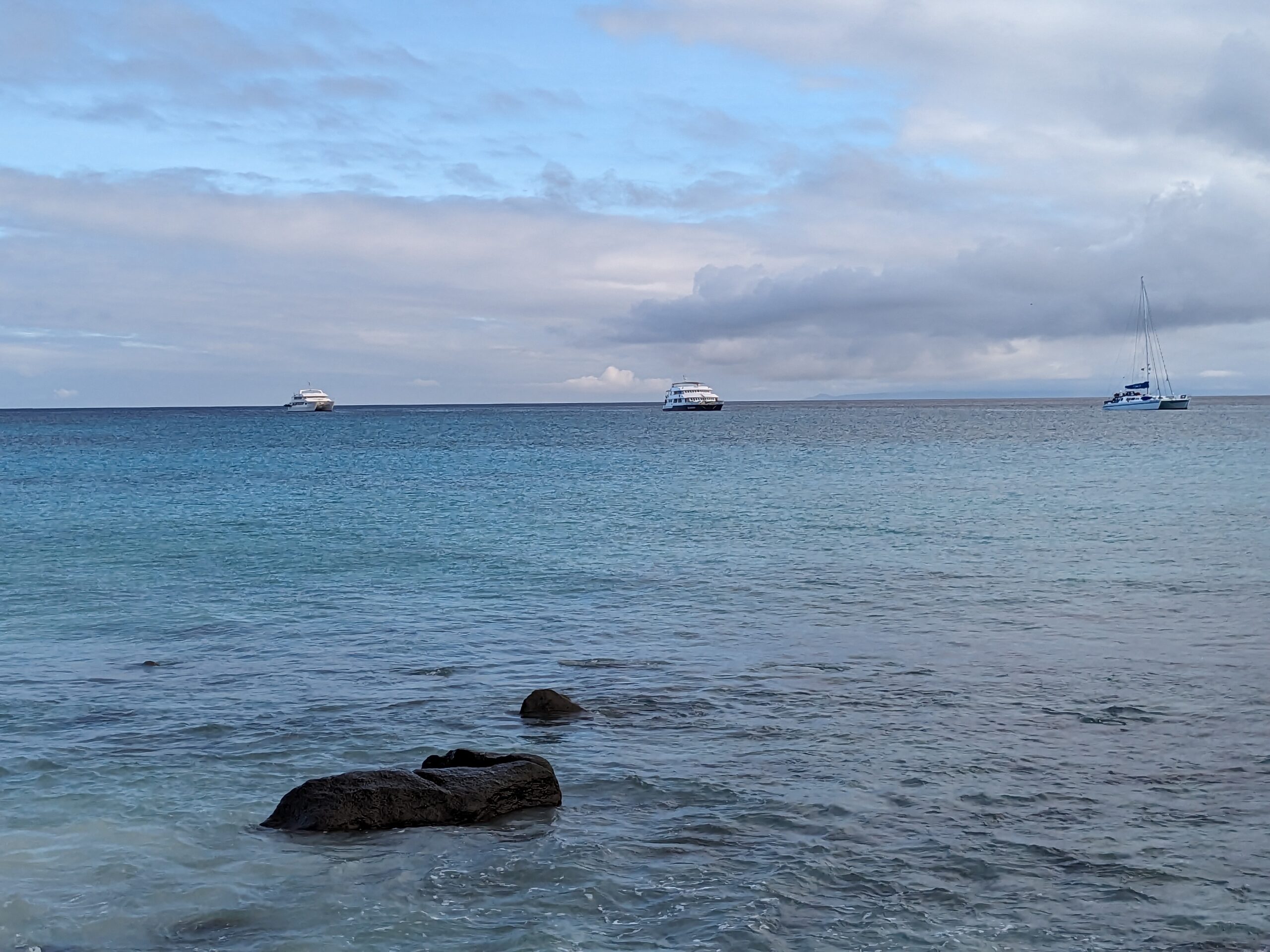
Note: our naturalist, Orlando, took all of today’s photos, which he sent to me each day via WhatsApp. Thanks, Orlando, for thinking of me!
In one hour, we are heading out on the Zodiac boat (the panga) to return to the pier in The Galapagos Islands. Our cruise has ended, and by 2:00 pm this afternoon, we’ll be on the return flight to Quito, where we’ll spend two more nights, and then fly to Manta, where we’ll spend one night to avoid driving in the dark.
From there, as mentioned, we’ll drive to the holiday home in Mirador, San Jose, in Manabi Province, on Tuesday. We’ll stop for groceries on the way, considering how much room we have in the rental car. By early afternoon on Tuesday, we’ll enter the gated community to make our way to the holiday home.

As much as we’ve enjoyed this spectacular cruise, even considering my limitations, we’re looking forward to the next step in our journey, spending 76 nights at the oceanfront property with a large pool and modern property. It even has a washer and dryer, which we desperately need to use at this point, after two weeks away from laundry facilities.
At the moment, all of us, 14 passengers, are waiting in the lounge after watching the fantastic video naturalists Juan Carlos and Orlanda made for us, handing out flash drives for all of us to keep as a memory. It may be too large to post on our site, but I will try to create a link we can use for those interested in watching it.

We still have photos from this journey and will post them over several days. With little time until we depart for the airport, we only upload a few photos today.
Although our flight back to Quito is only two hours long, we likely won’t get back to the hotel in Quito until about 5:30 tonight. Tonight’s dinner and tomorrow’s breakfast are included in our cruise package, along with the one night in the hotel, and the following night, we’re on our own for dinner and breakfast the next day.

Our fight to Manta isn’t until Tuesday at 7:24 pm. We will make arrangements with the hotel for a late checkout, a benefit of being an Expedia VIP member, and then spend the remaining time in the hotel lobby awaiting our ride to the airport, arranged through the cruise line.
Last night was extraordinary when the 12 staff members arranged a special toast and presentation before our final dinner of giant prawns with many side dishes with wine flowing as it always has each evening since we boarded this ship a week ago. But, last night, when the seas got rough again, I headed off to bed, never finishing my glass of wine when the rocking and rolling made me queasy.

Most nights, I suffered from seasickness, which neither of us had ever had after 34 cruises until this one. We can only attribute it to the fact that a catamaran is known to cause seasickness in the most sturdy of sailors unused to this means of sailing in the ocean.
I’m looking forward to being on dry land, but hopefully, I won’t face much upset with the high altitude again. It hit me when we were there a week ago, improving after the second day. Surely, we’ll look forward to returning to sea level again by Tuesday night. Whew! Some of the ups and downs required on this cruise may not be suitable for some. I barely squeaked by.

That’s it for today, dear readers. Thank you for your thoughtful and supportive comments, most recently and always. You all mean the world to us.
Be well.
Photo from ten years ago today, October 21, 2013:












































